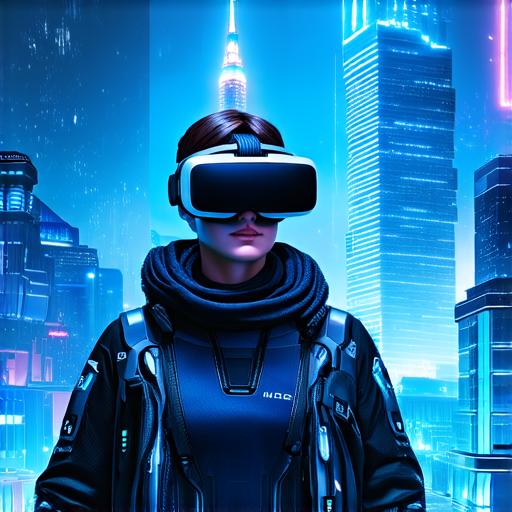
What constitutes an experience in virtual reality?
Virtual reality (VR) has emerged as a revolutionary technology that allows users to immerse themselves in a simulated environment. The concept of VR is based on creating an experience that is indistinguishable from the real world.
Immersion and Interactivity
One of the key elements of a virtual reality experience is immersion. This means that the user must feel as though they are fully present in the simulated environment. The immersive experience can be achieved through various methods, such as headsets, handheld controllers, or motion capture devices. These tools help to track the user’s movements and provide a more realistic representation of the environment.
Interactivity is another important component of a VR experience. Users should have the ability to interact with their virtual surroundings in a meaningful way. This can be achieved through various methods, such as voice commands or physical gestures. Interactive experiences are essential for creating a sense of presence and making the user feel fully engaged in the simulated environment.
Realistic Environment and Graphics

The realism of the virtual environment is critical to a successful VR experience. The graphics should be high-quality, with detailed textures and lighting that accurately represent the real world. This can be achieved through various techniques, such as photogrammetry or 3D modeling. Additionally, the environment should be designed in a way that takes into account factors such as perspective, depth, and lighting to create a sense of immersion.
Emotional Engagement
Finally, an effective VR experience must also engage the user emotionally. This can be achieved through various methods, such as storytelling or interactive elements that evoke an emotional response. Emotional engagement is critical for creating a memorable and impactful virtual reality experience.
In conclusion, a virtual reality experience consists of several key elements, including immersion, interactivity, realistic environment and graphics, and emotional engagement. By combining these elements in the right way, VR developers can create experiences that transport users to new and exciting worlds. As technology continues to evolve, we can expect virtual reality to become even more immersive, interactive, and emotionally engaging.


